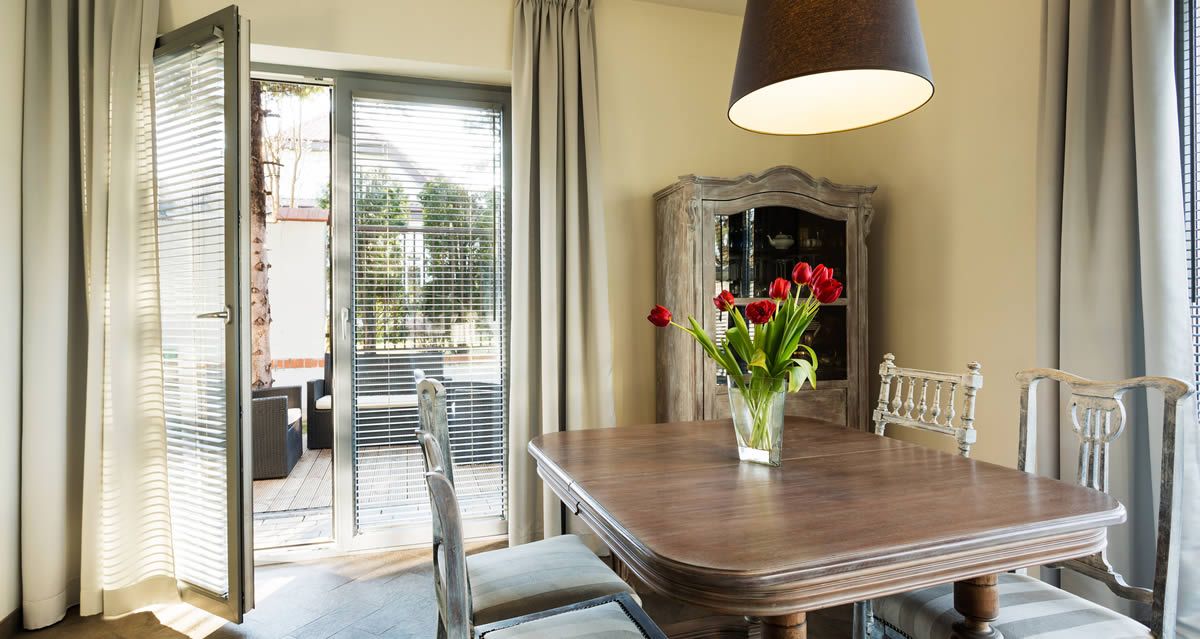How to Choose the Best Blinds for Your Doors
Doors are an essential part of any home, but they can also pose some challenges when it comes to window treatments. Whether you have french doors, sliding doors, or patio doors, you want to find blinds that are functional, stylish, and compatible with your door type. In this article, we will explore some of the best options for blinds for different kinds of doors, and what factors you should consider before making your purchase.
Blinds for French Doors
French doors are elegant and classic, but they can also let in a lot of light and heat, as well as compromise your privacy. Atlanta blinds for french doors should be easy to operate, fit snugly within the door frame, and match the style of your room. Some of the most popular choices for blinds for french doors are:
- Cellular shades: These are lightweight, energy-efficient, and offer a variety of colors and light control options. They can be mounted inside or outside the door frame, and can be raised or lowered from the top or bottom.
- Roller shades: These are simple, sleek, and versatile. They can be customized with different fabrics, patterns, and opacities, and can be operated with a cord, chain, or motor. They can be mounted inside or outside the door frame, and can be rolled up or down to adjust the light and privacy.
- Roman shades: These are elegant, cozy, and luxurious. They can be made from various materials, such as cotton, silk, or linen, and can have different folds, such as flat, relaxed, or hobbled. They can be mounted inside or outside the door frame, and can be lifted or lowered with a cord or motor.
Blinds for Sliding Doors
Sliding doors are convenient and modern, but they can also take up a lot of wall space, expose your home to the outside, and create glare and heat. Blinds for sliding doors should be durable, easy to slide, and coordinate with your decor. Some of the best options for blinds for sliding doors are:
- Vertical blinds: These are classic, practical, and affordable. They can be made from various materials, such as vinyl, fabric, or wood, and can have different textures, colors, and patterns. They can be mounted on a track above the door, and can be tilted or drawn to the side to control the light and privacy.
- Panel track blinds: These are modern, sleek, and stylish. They can be made from various materials, such as woven wood, solar, or blackout, and can have different colors and designs. They can be mounted on a track above the door, and can be slid to the side to open or close the blinds.
- Sliding shutters: These are elegant, durable, and insulating. They can be made from wood or faux wood, and can have different finishes, colors, and louvers. They can be mounted on a track above the door, and can be slid to the side to open or close the shutters.

Blinds for Patio Doors
Patio doors are inviting and spacious, but they can also create security issues, noise, and dust. Blinds for patio doors should be sturdy, easy to clean, and enhance your outdoor view. Some of the best options for blinds for patio doors are:
- Outdoor shades: These are durable, weather-resistant, and UV-protective. They can be made from various materials, such as vinyl, bamboo, or polyester, and can have different colors and opacities. They can be mounted on the outside of the door, and can be raised or lowered with a cord or motor.
- Outdoor curtains: These are decorative, cozy, and versatile. They can be made from various materials, such as canvas, cotton, or polyester, and can have different colors, patterns, and lengths. They can be mounted on a rod above the door, and can be tied back or drawn to the side to open or close the curtains.
- Outdoor shutters: These are sturdy, secure, and attractive. They can be made from wood or metal, and can have different colors, shapes, and hinges. They can be mounted on the outside of the door, and can be opened or closed with a latch or lock.
Conclusion
Choosing the right blinds for your doors can make a big difference in the look and feel of your home. Whether you have french doors, sliding doors, or patio doors, you can find blinds that suit your needs, preferences, and budget. Remember to consider the factors such as size, style, material, operation, and installation when shopping for blinds, and enjoy your new window treatments.





